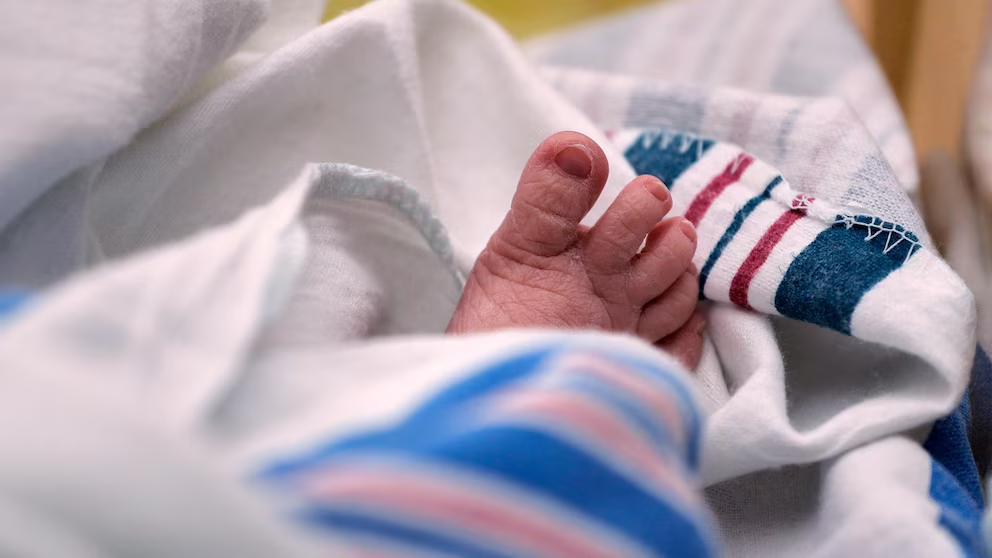US Fertility Rate Hits Record Low in 2024, CDC Reports

US Fertility Rate Hits Record Low in 2024, CDC Reports
The US fertility rate in 2024 dropped to an all-time low, reaching 1.599 births per woman, according to a new report released Thursday by the Centers for Disease Control and Prevention (CDC). The data reflects a continuation of a nearly two-decade decline in birth rates across the country.
Fewer Than 1.6 Births Per Woman
The fertility rate now sits well below the replacement level of 2.1 children per woman — the rate needed for a generation to replace itself. The United States had maintained a replacement-level fertility rate until the mid-2000s, but the trend has reversed steadily since then.
In 2023, the fertility rate stood at 1.621. The 2024 figure marks a slight but historic drop. The total number of babies born rose slightly to 3.6 million — about 33,000 more than in 2023 — but that increase came from population growth, not higher birth rates.
Experts Point to Delayed Parenthood, Economic Concerns
Dr. Karen Guzzo, director of the Carolina Population Center at the University of North Carolina, explained that more people are delaying marriage and parenthood. Economic instability, limited access to childcare, and lack of parental leave all contribute to the trend.
“Worry is not a good moment to have kids,” Guzzo said. “The things that [the government] is doing are really symbolic and not likely to budge things for real Americans.”
Leslie Root, a fertility researcher at the University of Colorado Boulder, echoed the idea that declining fertility reflects a shift in timing rather than an outright decision not to have children.
“We’re seeing this as part of an ongoing process of fertility delay,” Root said. “The U.S. population is still growing, and we still have a natural increase — more births than deaths.”
Trump Administration Responds with Fertility Incentives
In response to declining birth rates, the Trump administration has proposed several measures, including:
-
Expanding access to in vitro fertilization (IVF)
-
Promoting “baby bonuses” to encourage family growth
Critics argue these measures fall short of addressing core issues like affordable childcare and paid leave.
CDC Explains Birth Rate Revisions
The CDC revised its earlier provisional birth rate data, which had suggested increases among women in their late 20s and 30s. The final report found:
-
Declines for women in their 20s and early 30s
-
No change for women in their late 30s
CDC officials attributed the discrepancy to updated U.S. Census population estimates. As more women of childbearing age entered the population — partly due to immigration — the recalculations adjusted the birth rate downward.
: 148







